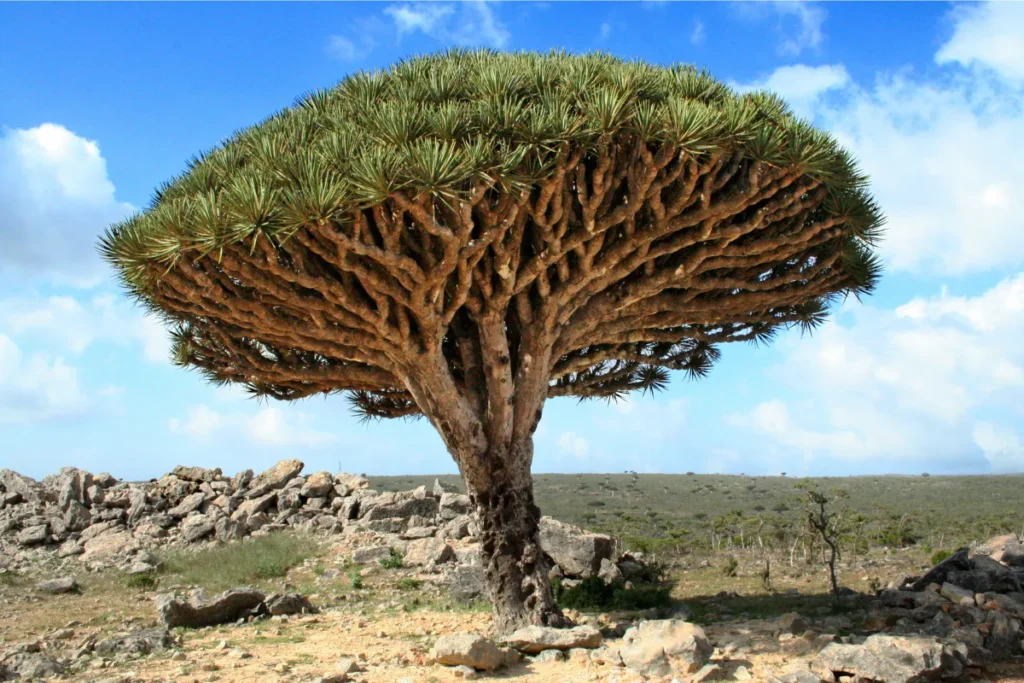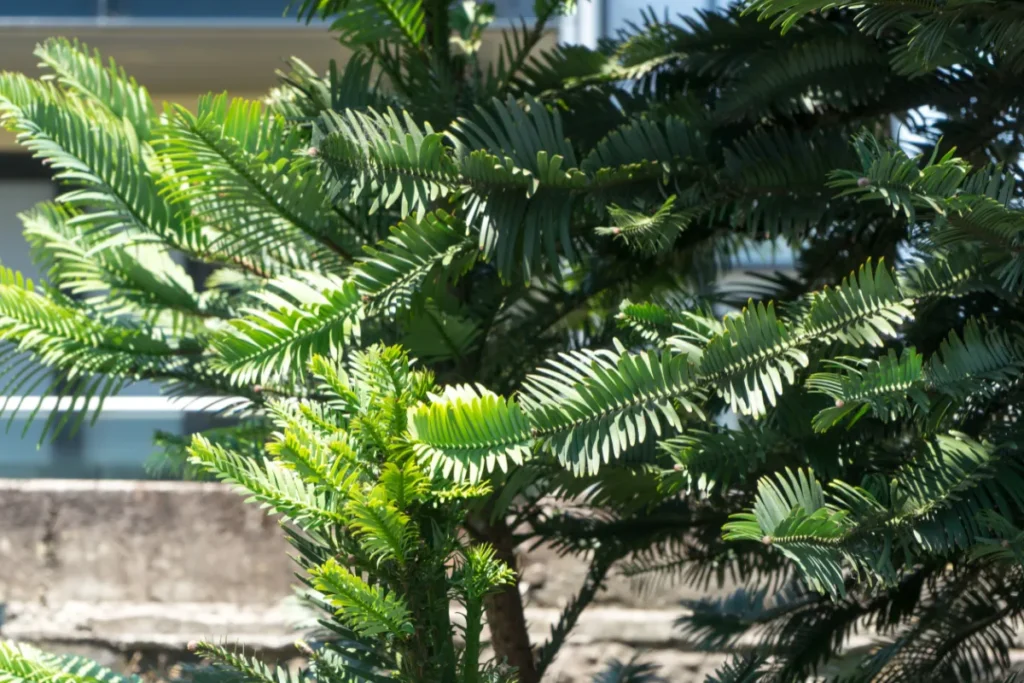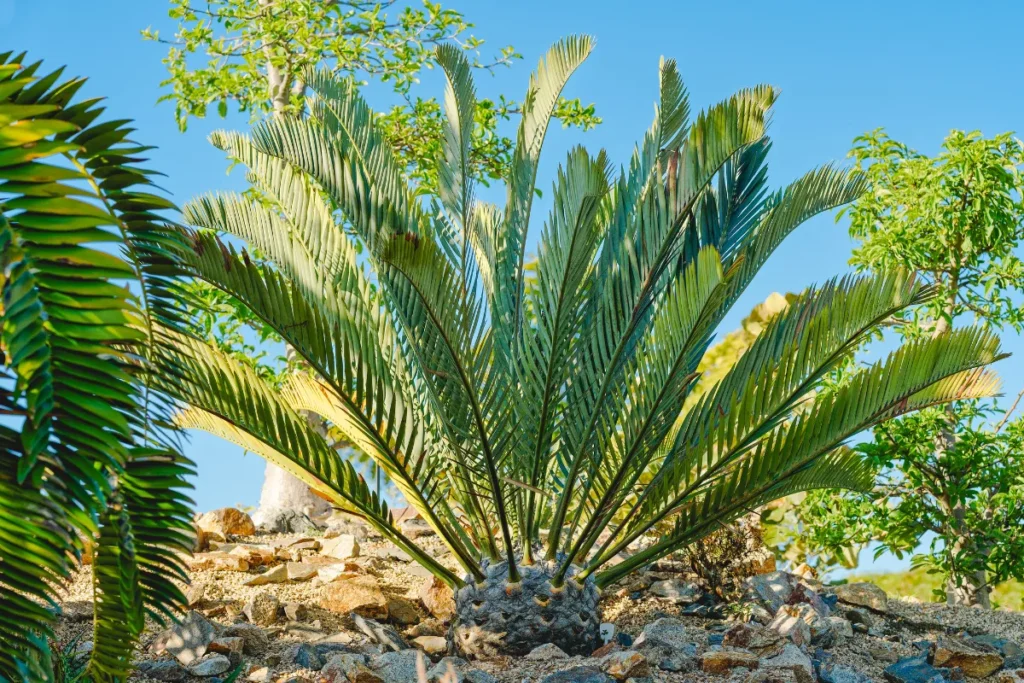In the vast tapestry of our planet’s flora, there exist some truly extraordinary specimens that stand out for their rarity and uniqueness.
These trees, scattered across different corners of the globe, represent not just botanical marvels but also serve as a testament to the diversity and resilience of life on Earth.
Join us on a journey as we delve into the world of the rarest trees, each with its own fascinating story to tell.
Baobab: The Iconic African Marvel
The baobab tree, affectionately known as the “Tree of Life,” is a symbol of African landscapes and cultures.
With its distinctive swollen trunk and gnarled branches, this tree is an unmistakable sight across the savannas of Africa.
Despite its imposing presence, the baobab is facing threats from habitat loss and climate change, making efforts to conserve this iconic species more crucial than ever.
Dragon Blood Tree: A Living Relic of Socotra

Nestled on the remote island of Socotra in the Indian Ocean, the Dragon Blood Tree is a botanical wonder shrouded in myth and legend.
Its umbrella-like canopy and crimson sap give it an otherworldly appearance, earning it a place among the rarest trees on Earth.
Despite its resilience, the Dragon Blood Tree is endangered due to habitat destruction and overexploitation for its valuable resin.
Wollemi Pine: A Living Fossil from Down Under

Hidden within the ancient rainforests of Australia, the Wollemi Pine is a true botanical relic, often referred to as a “living fossil.”
Believed to have existed since the time of the dinosaurs, this remarkable tree remained undiscovered by science until 1994.
Today, conservation efforts are underway to protect the remaining populations of this prehistoric species from threats such as wildfires and invasive species.
Encephalartos Woodii: The Loneliest Tree in the World

Tucked away in a botanical garden in South Africa, the Encephalartos Woodii holds the dubious title of being the loneliest tree in the world.
As the last known male specimen of its species, this cycad tree stands as a stark reminder of the perils of habitat destruction and poaching.
Scientists are racing against time to find a way to propagate this tree and ensure its survival for future generations.
The Methuselah: Ancient Wisdom in the White Mountains
High atop the windswept slopes of California’s White Mountains, the Methuselah bristlecone pine has silently borne witness to thousands of years of human history.
Named after the biblical figure known for his longevity, this ancient tree is believed to be over 4,800 years old, making it one of the oldest living organisms on Earth.
Despite its age, the Methuselah continues to thrive in its harsh alpine environment, a testament to nature’s resilience.
The Quiver Tree: Guardians of the Namib Desert
In the arid landscapes of the Namib Desert in southern Africa, the Quiver Tree stands as a solitary sentinel against the harsh elements.
Named for its use by indigenous peoples who fashioned quivers from its hollowed branches, this tree has adapted to survive in one of the world’s driest environments.
However, habitat loss and climate change pose significant threats to the survival of this iconic desert species.
Conclusion:
As we’ve journeyed through the realm of the rarest trees in the world, we’ve been reminded of the fragility and resilience of our planet’s ecosystems.
Each of these extraordinary specimens serves as a testament to the intricate web of life that sustains us all.
By taking steps to protect and conserve these rare treasures, we can ensure that future generations will continue to marvel at the wonders of the natural world.
FAQs:
Why are rare trees important?
Rare trees play a crucial role in maintaining biodiversity and preserving unique ecosystems. They often possess genetic traits that can be valuable for breeding programs and scientific research.
What are the main threats to rare trees?
Habitat loss, climate change, deforestation, and illegal logging are among the primary threats facing rare trees. Additionally, invasive species and diseases can also pose significant risks to their survival.
How can individuals contribute to the conservation of rare trees?
Individuals can support conservation efforts by planting native trees, reducing their carbon footprint, supporting sustainable forestry practices, and participating in local restoration projects.
Are there any efforts underway to protect rare trees?
Yes, there are numerous conservation organizations and initiatives dedicated to protecting rare trees and their habitats. These efforts involve habitat restoration, captive breeding programs, and community outreach to raise awareness about the importance of conservation.
Can rare trees be cultivated in gardens or arboretums?
In some cases, rare trees can be cultivated in botanical gardens or arboretums as part of ex-situ conservation efforts. However, strict regulations may govern the collection and propagation of rare species to prevent exploitation and ensure their long-term survival in the wild.
